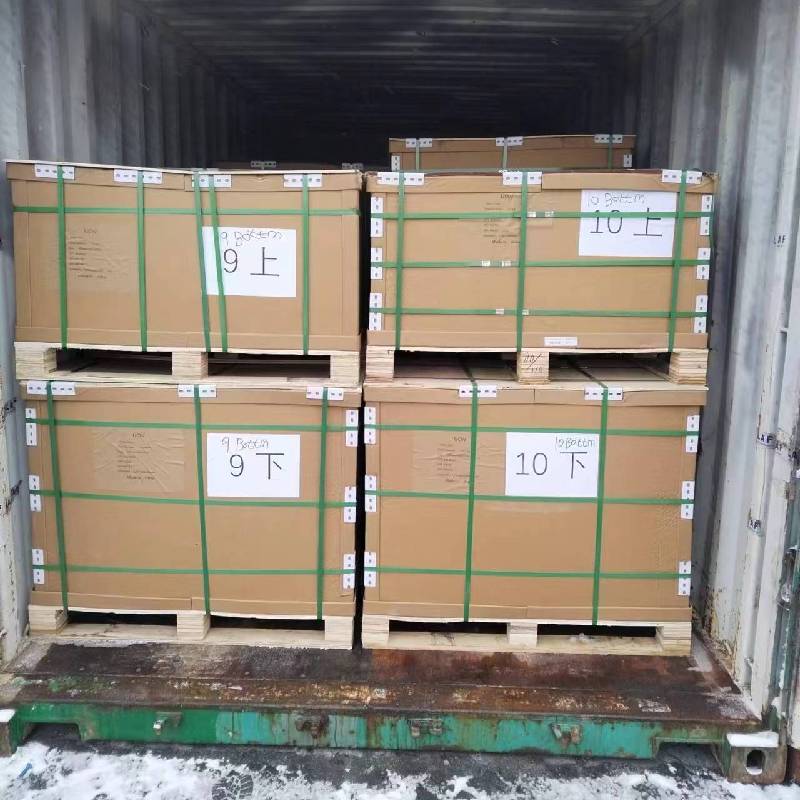
- Mobile Phone
- +8613931874955
- sales@cntcmetal.com
Understanding the Importance of Masonry Expansion Ties in Construction Projects
Understanding Masonry Expansion Ties Importance, Types, and Installation
Masonry expansion ties play a critical role in the structural integrity and longevity of masonry buildings. These elements effectively accommodate the natural movements inherent in masonry due to temperature changes, moisture variations, and other environmental factors. This article explores the functions, types, and installation processes of masonry expansion ties to provide a comprehensive understanding of their importance in construction.
The Role of Masonry Expansion Ties
Masonry expansion ties are specially designed connectors that link masonry walls to their supporting structures, such as steel or concrete frames. Their primary role is to accommodate the expansion and contraction that occurs due to temperature fluctuations and moisture absorption. Without appropriate expansion joints and ties, masonry walls may crack, bow, or even collapse under stress. This can lead to extensive damage and expensive repairs, highlighting the importance of these components in the design and construction process.
Types of Masonry Expansion Ties
There are several types of masonry expansion ties, each suited for specific applications and environments
. Some of the most common types include1. Metal Expansion Ties Usually made of stainless steel or galvanized steel, these ties provide robust support in a variety of structural contexts. They are often used in concert with insulation materials under facing bricks or stones.
2. Plastic Expansion Ties These are non-corrosive options that are lighter and easier to handle but may not provide the same level of structural support as metal ties. They are often chosen for less demanding applications or in regions with less severe weather conditions.
3. Composite Expansion Ties Combining the benefits of both metal and plastic, composite ties are becoming increasingly popular due to their resistance to corrosion and enhanced durability.
4. Anchor Ties These ties serve a double purpose by providing anchorage and accommodating movement. They often feature a flexible design that allows for movement while maintaining a secure connection.
masonry expansion ties

Installation of Masonry Expansion Ties
Proper installation of masonry expansion ties is crucial for ensuring their effectiveness. Here are key steps that should be followed during the installation process
1. Site Assessment Before installation begins, a thorough assessment of the site is necessary. This includes understanding the type of masonry being used, the expected environmental conditions, and any potential structural load demands.
2. Determine Placement Expansion ties should be installed at regular intervals, typically every 16 to 24 inches on center, depending on the design requirements and local building codes. Additionally, they must be placed at specific heights to correspond with floor lines, roofing, and other structural features.
3. Drilling Holes Accurate drilling is crucial to ensure that ties fit securely within the masonry. Holes should be drilled to the appropriate depth and diameter based on the type of tie being used.
4. Inserting Ties Once the holes are drilled, the expansion ties can be inserted. It’s essential to follow the manufacturer's guidelines for proper assembly and fastening, often utilizing screws or anchors to secure them in place.
5. Inspecting Installation After installation, an inspection should be conducted to ensure that all ties are correctly positioned and secured. This step is vital to verify that the expansion ties will effectively facilitate movement without compromising the structure.
Conclusion
Masonry expansion ties are fundamental components that help ensure the stability and durability of masonry structures. By accommodating the natural expansion and contraction of materials, they play a vital role in preventing structural damage over time. Understanding the various types, their proper installation, and the significance of these ties in construction is essential for architects, builders, and property owners alike. Investing in quality expansion ties and ensuring proper installation can lead to safer, longer-lasting structures and peace of mind for those who inhabit them.
share:
-
Why Sacrificial Formwork Is Redefining Underground ConstructionNewsJun.06,2025
-
The Structural Dynamics of Modern Concrete: How Snake Spacers Revolutionize Flexible ReinforcementNewsJun.06,2025
-
Snake Spacers Smart-Lock Concrete Reinforcement with Surgical PrecisionNewsJun.06,2025
-
Snake Spacers: Reinforcement Precision for Modern Concrete ProjectsNewsJun.06,2025
-
Snake Spacers Powering Concrete's Structural DNANewsJun.06,2025
-
Slither into Success: Snake Spacers' Precision Bite for Unbreakable ReinforcementNewsJun.06,2025
-
Sacrificial Formwork: Building Stronger, Faster, and Safer StructuresNewsJun.06,2025



















